IKCO to build cars in Russia as Iran eyes Eurasian market
Iran Khodro (IKCO) is eyeing the Eurasian market, hoping to produce low-cost cars in countries such as Russia, the company’s head of operations in Asia, Europe, America and Commonwealth of Independent States (CIS) says.
“We are trying to produce cars in Russia in classes in which there is less competition,” Sabina Nobari told Iran Economic News Agency (Econews).
The largest car maker in the Middle East is counting on Eurasia Expo 2021 – to be held through May 18-21 in Tehran - to expand its footprints in a non-Western region which is emerging as a new center of partnerships.
Eurasia is rising as a new trend which is marginalizing Europe and the Western liberal order, while resurgent powers China and Russia are linking regional integration projects through the Belt and Roads Initiative (BRI) and the Eurasian Economic Union (EAEU).
Iran is a potential major player in both projects. The Middle Eastern powerhouse is a key destination in the trillion-dollar BRI, spearheaded by China, which involves huge infrastructure projects connecting Asia to Europe and beyond. The country is also a candidate for joining the EAEU, a Eurasian trade bloc with an integrated market of 180 million people headed by Russia.
A preferential trade agreement between Iran and the EAEU came into effect in April 2020 and the Islamic Republic’s transactions with the block in six months topped $1.7 billion.
“We hope to increase our relations with the member countries of this union so that after tariff liberalizations in the next one and a half to two years - when cars are to be added to the list of tariff-free goods - we can produce cars in the classes in which there is less competition in Russia,” Nobari said.
“Russia can also produce cars in classes of lower production in Iran,” she added.
In the past, Russian officials have said the country’s largest carmaker AvtoVaz was in negotiations with its Iranian counterparts for the assembly and sale of cars in Iran.
AvtoVaz, majority-owned by France’s Renault and its alliance partner Nissan, produces Russia’s best-selling Lada brand.
Both Renault and its competitor Peugeot-Citroën put their development in Iran on hold after the US unilaterally imposed sanctions on the country. Other international companies also dropped plans to expand their Iran business.
In their absence, Iran’s massive automotive industry went through a period of turbulence as foreign companies stopped supplying pre-manufactured kits for cars assembled in the country.
As a result, Iran Khodro and its Iranian competitor Saipa pooled up local manufacturers of parts to produce cars as the defense ministry joined in to manufacture hi-tech auto parts which Iran used to import.
This year, Iranian automakers are about to produce more than 1.3 million cars, marking a 50 percent jump in production in the face of US sanctions, a deputy industry minister said in December.
Nobari said Iran Khodro has exported 5,000 cars to neighboring Azerbaijan in the past two years, including Iranian saloon Samand, Dena family car and Peugeot 405 passenger car.
For the Russian market, “we mostly try to play a role in producing economy cars like Dena, Samand and Runna, while Tara is also a good and new car”, she added.
Importance of Eurasia
Iranian officials say Eurasia bears a strategic importance for the country. It is located in an important geostrategic region encompassing the EU, China, India, Central Asia and the Middle East.
The officials have touched on the opportunities which the EAEU holds for Iran amid the sanctions - the country can source its essential needs at lower costs and boost its exports through foreign exchange arrangements with EAEU members.
The union was established by Russia, Belarus and Kazakhstan in 2015, but it has since grown to include Armenia and Kyrgyzstan, with Iran and a number of East Asian and African countries waiting in line to join.
Iran’s Foreign Minister Mohammad Javad Zarif was in Kyrgyzstan Tuesday as part of a four-nation tour of Central Asia, which has already taken him to Uzbekistan, with Kazakhstan and Turkmenistan being his next destinations.
In a tweet, Zarif wrote that the aim of the visit was “to build on our millennia-old ties to propel our bilateral and regional cooperation”.
On Monday, the minister said in Uzbekistan that Iran can provide Central Asia with a transit route to international markets and waters.
Iran lies at the heart of the International North South Transport Corridor (INSTC), a 7,200-km multimode route proposed by Russia, Iran and India in 2000, before being joined by 10 Central Asian countries. It envisages a network of ship, rail and road for freight transport that will cut carriage costs by about 30-60% and transit time from 40 days to about 20 days.
The corridor is gaining importance by the day in light of the growing economic and infrastructure connections between the BRI and EAEU initiatives and the increasing geopolitical synchronization among Russia, China and other members.
Last month, the second batch of equipment supplied by India reached Chabahar, bringing New Delhi closer to full operation of the two terminals which it is developing in the strategic Iranian port.
New Delhi has proposed that Chabahar be included in the INSTC, connecting Mumbai to Moscow through Iran.
While the West is fragmenting, Eurasia is laying the basis for an alternative international system, where the ancient legacies from the Chinese to Russian, Turkic and Iranian are moving to the forefront of contemporary equations.
VIDEO | Press TV's news headlines
VIDEO | UAE-backed separatists seize key provinces in eastern Yemen
VIDEO | New data reveals India’s exports slide sharply over US tariffs
Man shot dead leaving mosque as Israeli raids, settler violence sweep West Bank
Niger accuses French nuclear giant Orano of ‘mass crimes’
Iran, Russia sign agreement to boost AI, cyber security cooperation
Lebanon’s Parliament Speaker: Talks under fire ‘unacceptable’
Video shows US killing shipwreck survivors in Caribbean strike, lawmakers say


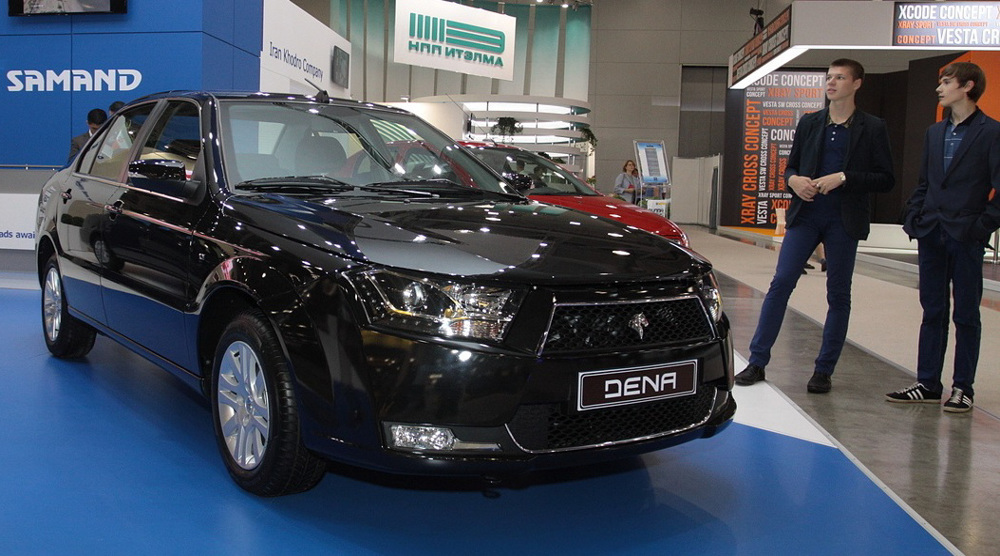
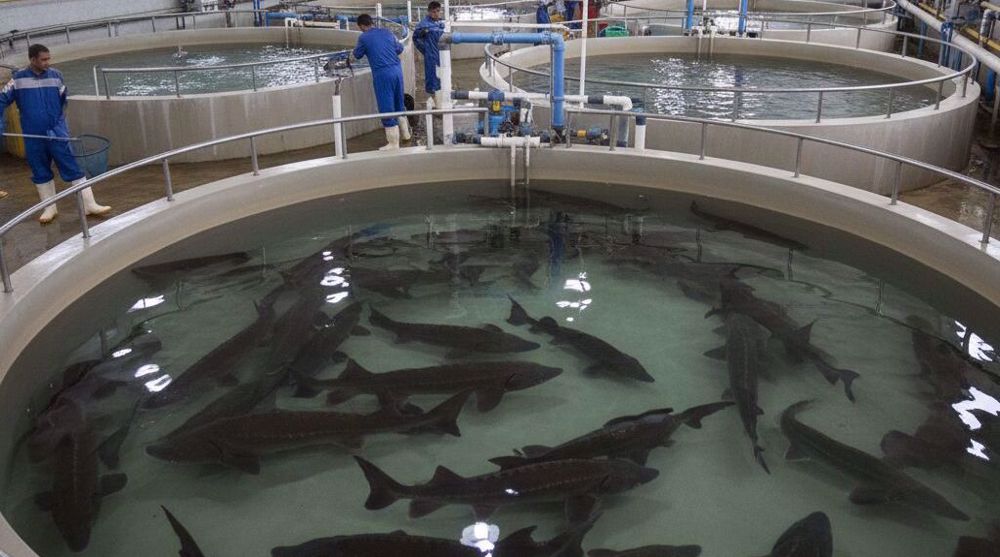
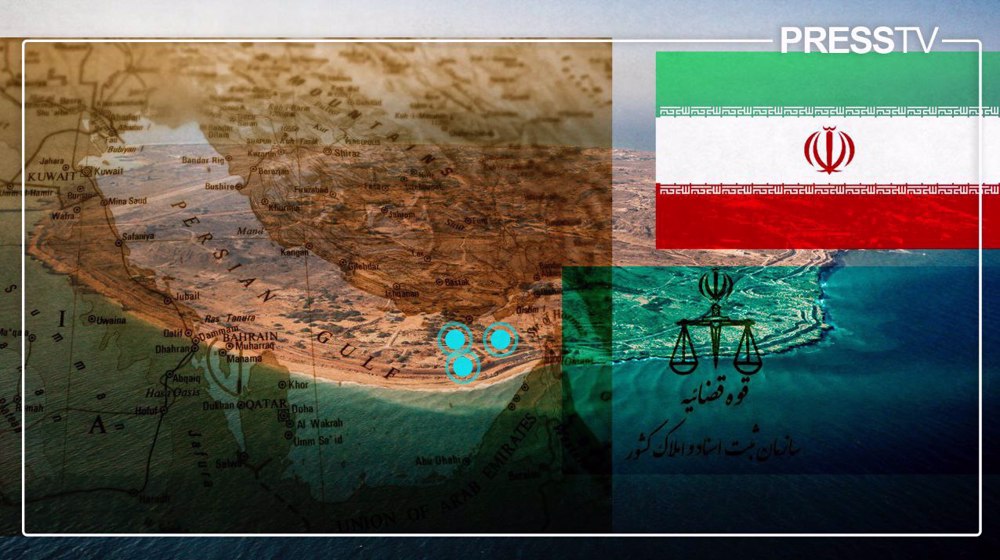
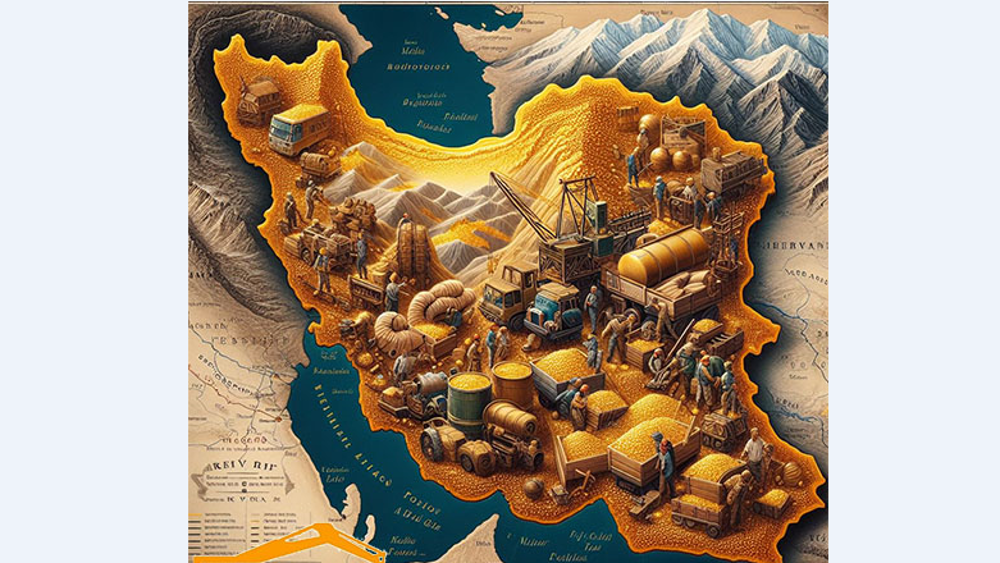



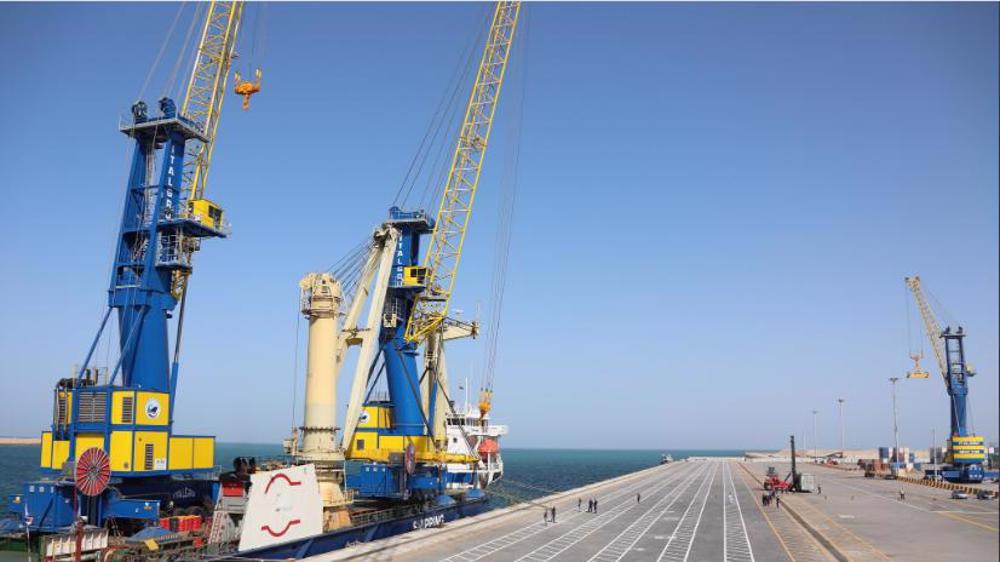
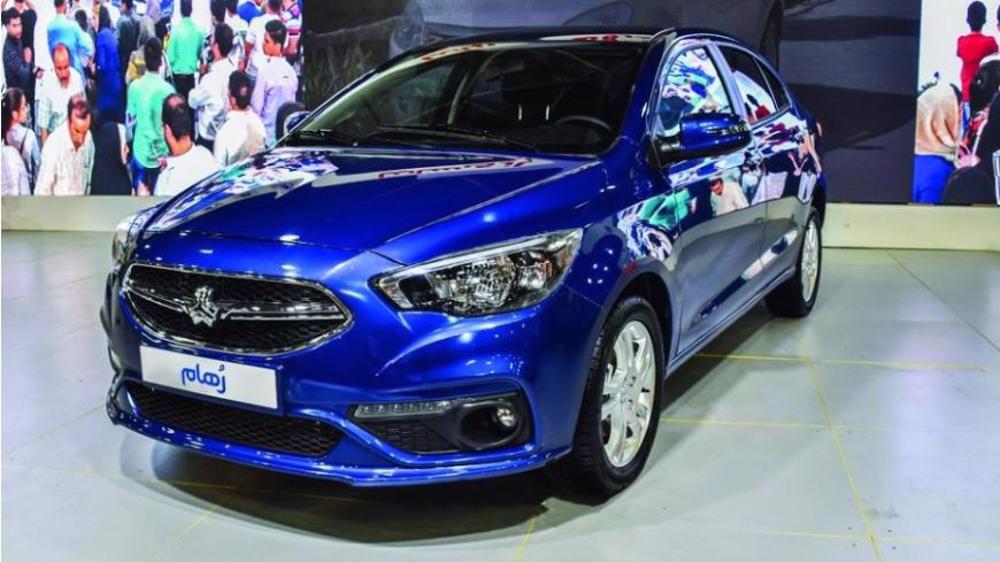


 This makes it easy to access the Press TV website
This makes it easy to access the Press TV website